UDAIPUR
RAJASTHAN, INDIA
PERSONAGES
Bappa Rawal (Kalbhoj)
Bappa Rawal (Kalbhoj) was pre-destined for greatness, and trained in a likewise fashion from a young age. Emerging from a humble background, he went on to establish the Mewar dynasty in 734 CE, under the leadership of his teacher, the sage Maharishi Harit Rashi. In accordance with the latter’s advice, Bappa Rawal (r. 734 – 753 CE) and his successors administered the state lawfully, in the name of their patron deity, Shree Eklingnath ji. Several prime regions such as Nagda and Chittor were assimilated into the domain of Mewar, under his reign.
Maharana Pratap Singh I
Maharana Pratap Singh I (r. 1572 – 1597 CE) is renowned as a legendary Rajput warrior king, in India. He was the son of Maharana Udai Singh II, after whom the city of Udaipur was named. He trained in guerrilla warfare, and put up a strong stance against the Mughal forces of Akbar, who were vying Rajput territories. The battle of Haldighati is an example of his heroic act against the latter.
"Gehu Chhod Ke Makki Khana, Mewar Chhod Ke kahi Na Jana"
Translation: Leave wheat and eat maize (corn) but don’t leave Mewar and go anywhere.
The people of Mewar are very passionate about their land and their food. The corn crop, post its introduction into the local cuisine, quickly grew in favour over the otherwise popular wheat crop and millets. Corn took well to the harsh conditions of the deserts of Rajasthan, reaped bountiful produce, was nourishing and very filling in comparison to the other crops. If anything, one could make the befitting switch from wheat to corn, but refrain from leaving their land of origin.
The people of Mewar are very passionate about their land and their food. The corn crop, post its introduction into the local cuisine, quickly grew in favour over the otherwise popular wheat crop and millets. Corn took well to the harsh conditions of the deserts of Rajasthan, reaped bountiful produce, was nourishing and very filling in comparison to the other crops. If anything, one could make the befitting switch from wheat to corn, but refrain from leaving their land of origin.
WHAT TO EAT
Ker Sangri
Ker Sangri is a desert special preparation composed of two major ingredients, as its name suggests; Ker and Sangri. The former is a pod obtained from thorny shrubs of Ker. Sangri are long beans of the Khejari tree. The ingredients are dried and stored away for years, enabling sustenance irrespective of the harsh, unpredictable conditions of the desert. The preparation is often tangy and spicy, with additions of powdered Indian spices such as chilly, coriander, turmeric, and a spice blend called garam masala.
Laal Maas
Laal Maas is a regional special mutton curry. As its name suggests, the meat preparation is a fiery red (laal), with use of a particular type of red chilly that gives it the right colour and the perfect hint of spice. Aromatics including ginger, garlic, peppercorns, cardamom, cloves and a powdered blend of Indian spices, with dollops of beaten curd, flavour this preparation. It is best eaten with Indian flat bread (naan, roti) or rice.
Lapsi
Lapsi is a popular sweet dish, and often an offering (bhog) to the gods. Broken wheat (daliya) is roasted in a pan, until it changes colour. Clarified butter (ghee) can be added to enhance the flavours of the preparation. It is then combined with suitable quantity of hot water, and allowed to simmer till it reaches a mushy consistency. It is sweetened with sugarcane jaggery, and topped with the choicest dry fruits including raisins (daakh), cashews (kaju), almonds (badam) and melon seeds (magaz), with a sprinkle of powdered cardamom.
MUST-SEE
City Palace Museum
The iconic City Palace Museum, Udaipur is housed in a 450 year old royal palace; formerly an abode to the rulers of erstwhile Mewar. It is situated in the lap of the Aravalli ranges, with the pristine Lake Pichola in its periphery. It houses an extensive collection of photographs, paintings, arms - armour, textiles, sculpture, musical instruments, etc. spanning across 6th - 21st century. It is the first Indian Museum to have a gallery dedicated to silver. As a Living Museum, objects from the collection are repurposed for ritual or ceremonial use, in accordance with time honoured traditions of the land.
Jagdish Temple
This temple lies in close proximity to The City Palace Museum, Udaipur. It was built by Maharana Jagat Singh I in 1652, and is dedicated to the Hindu God Vishnu. Paintings and photographs in the collection document Royal visits to this temple. It is built on a high plinth; visitors have to ascend a flight of stairs up to the temple. The exterior walls of the complex are a treat to the eye; they are profusely sculpted to perfection and include scenes of everyday life, flora – fauna, celestial beings and deities with various attributes.
Fateh Sagar Lake
Once a pond by the name Dewaali ka Talaab, the Fateh Sagar Lake came into being as part of a massive river linking project of the Maharana Fateh Singh (r.1884-1930 CE), to make provisions of equitable distribution of water, and to mitigate risks of floods. In an acknowledgement of the Maharanas effort and contribution to this cause, the British insisted the Lake be named after him. In present times, Fateh Sagar is a recreational area for tourists and locals, to engage in water sports, and street food.
PICTURES
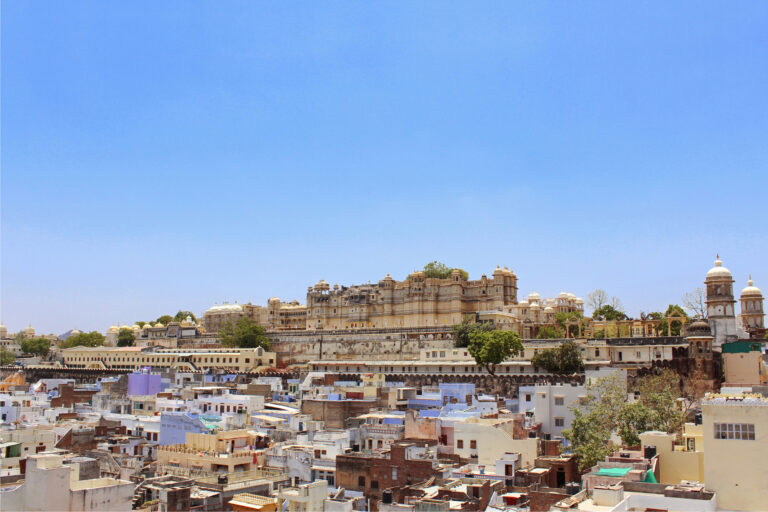
Udaipur, Rajasthan
India
Canon EOS 1200D
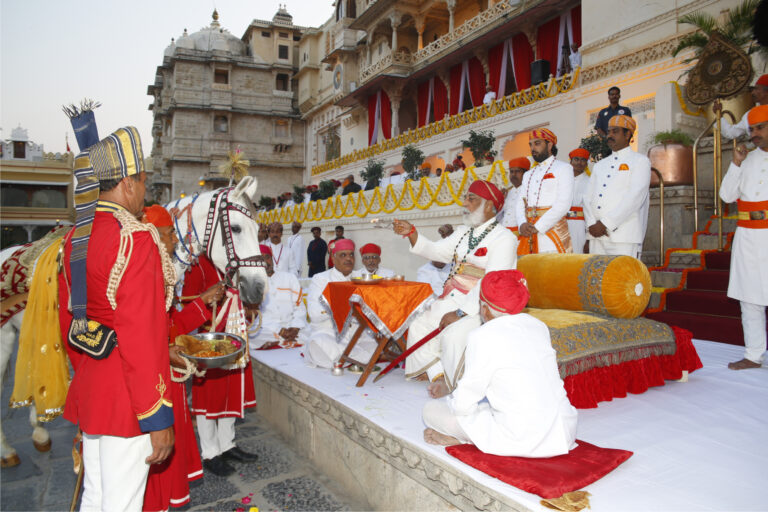
Udaipur, Rajasthan
India
Canon EOS 700D
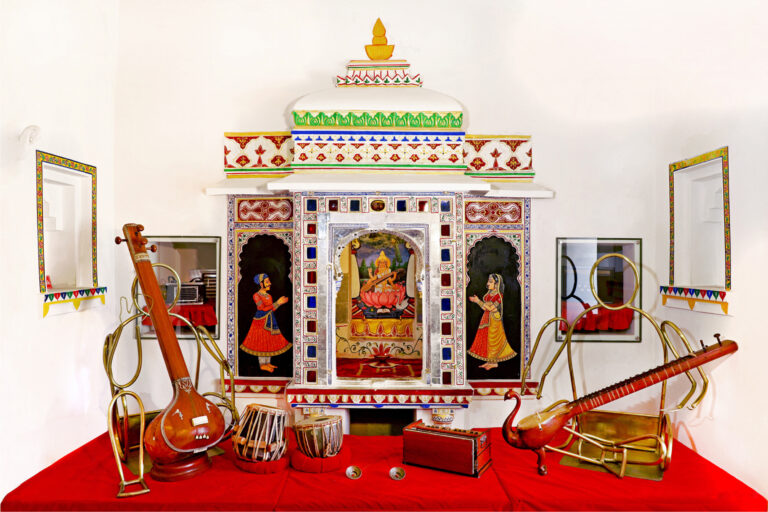
Udaipur, Rajasthan
India
Canon EOS 6D Mark II
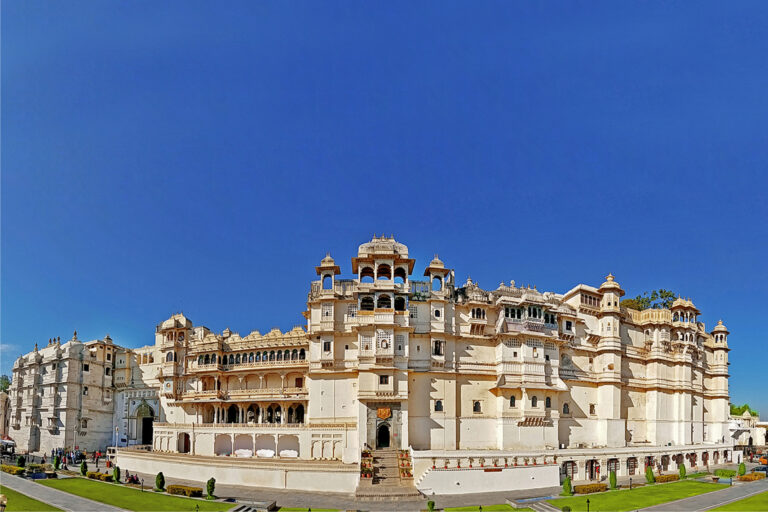
Udaipur, Rajasthan
India
SONY ILCE-7M3
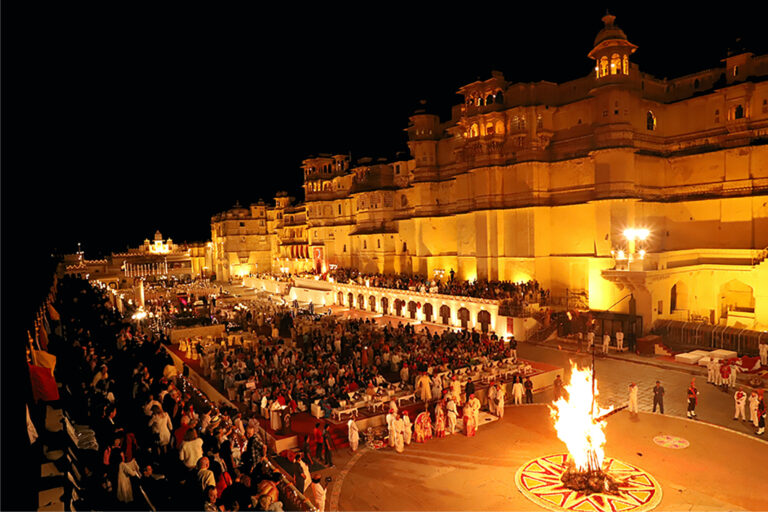
Udaipur, Rajasthan
India
Canon EOS 6D Mark II
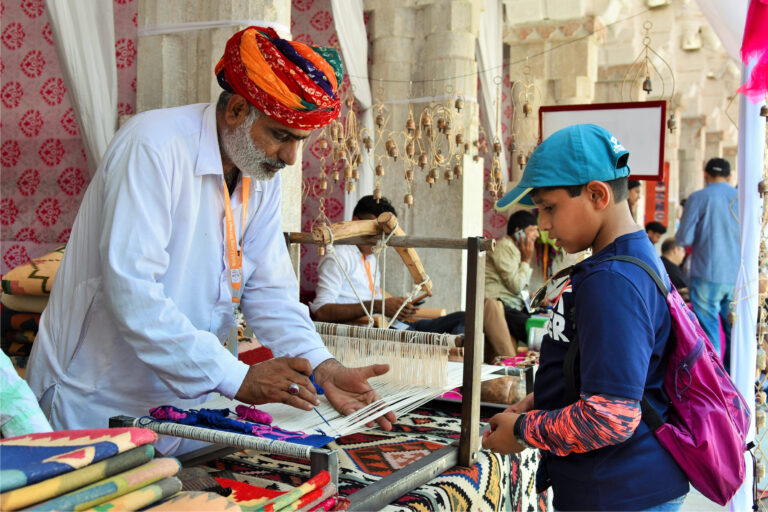
Udaipur, Rajasthan
India
NIKON D750

Udaipur, Rajasthan
India
Canon EOS 6D Mark II
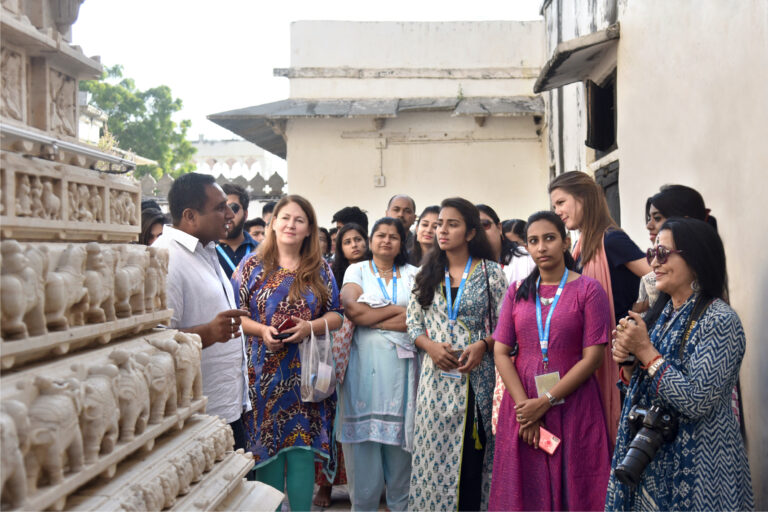
Udaipur, Rajasthan
India
NIKON D750
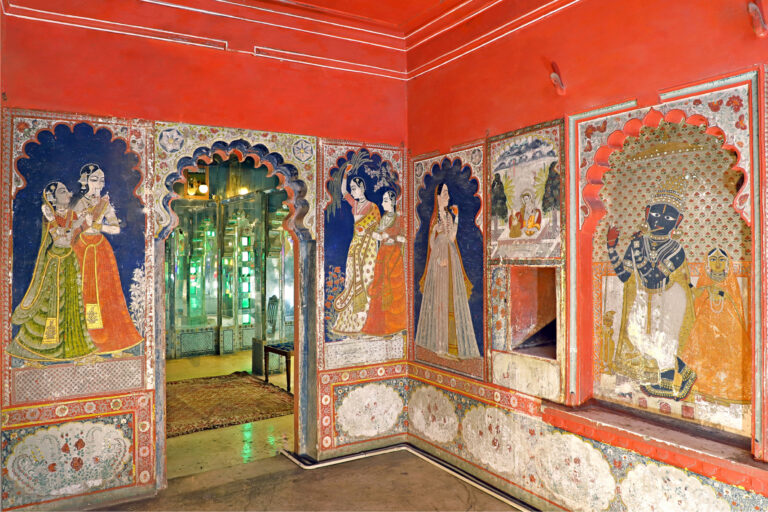
Udaipur, Rajasthan
India
Canon EOS 6D Mark II
Tagged India
